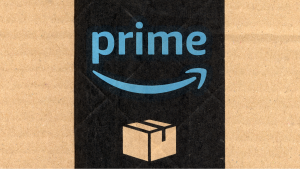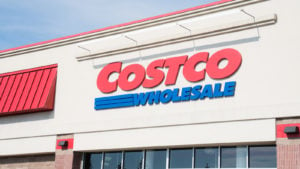
Investors are always looking at economic indicators.
Presently, they are less than optimistic. Not only did the San Francisco Fed report a depletion of excess savings, but real disposable income growth slowed down to a trickle of 1%.
This is a big deal given that 68% of the economy comes from personal consumption expenditures. Combined with a tiny wage growth increase of 0.2% in April, misaligned with sticky (PCE) inflation of 2.8% annual, retail spending is facing suppression.
Conversely, investors should consider which undervalued retail stocks to buy. Superficially counterintuitive, this macroenvironment makes for a fertile ground. Hence, resilient and diversified companies can grow under market downturns.
For example, even Kohl’s (NYSE:KSS) budget-oriented business model delivered a Q1 loss, as net sales decreased by 5.3% from the year-ago quarter. But not all retail companies have equal vulnerabilities, as highlighted in the following three stocks.
Abercrombie & Fitch Company (ANF)

Abercrombie & Fitch (NASDAQ:ANF) simply caters to a population segment that is itself more resilient. Primarily, the well-off younger demographic that has ample disposable income. Moreover, the company has carefully nurtured its branding to retain a loyal customer base.
ANF leverages social media to target this segment and supply their need for status signaling across five omnichannel brands. Adopting these higher-tier expectations, the company has e-commerce platforms to unify customer experience.
At the end of May, Abercrombie & Fitch reported a remarkable 22% increase in year-over-year (YOY) net sales for Q1 of 2024, highlighting its resilience. This performance is underpinned by a significant earnings surprise. The company inked earnings per share (EPS) of $2.05, substantially surpassing the market’s expectation of $1.70.
Additionally, its revenue for the quarter reached $1.02 billion, exceeding the forecasted $961.98 million. Not only did the company not feel the downturn in consumer spending, but also this period marked the highest Q1 growth in its history.
Although this may seem like buying on the high, consumer spending is yet to unravel, potentially into a hard landing as Citigroup’s chief economist suggested. At that point, ANF stock is likely to power through as a retail hedge.
Amazon (AMZN)

During the height of the 2008 financial crisis, Amazon.com (NASDAQ:AMZN) tackled market downturn by shifting to a pull-based strategy to anticipate consumer demand. Additionally, the logistics giant implemented aggressive pricing to spur adoption of its services, like Prime.
Since those days, Amazon grew into a much stronger company. It holds cloud-computing dominance via Amazon Web Services (AWS), even ahead of Microsoft’s (NASDAQ:MSFT) Azure. To outcompete an OS desktop monopolist speaks volumes on Amazon’s agility.
In a market downturn, such a quality translates exceedingly well to Amazon’s e-commerce as well. So, the company’s wide moat status offers plenty of security in uncertain times. In Q1 earnings delivered at the end of April, the company reported $10.4 billion net income compared to $3.2 billion in a year-ago quarter.
Likewise, Amazon’s free cash flow is impressive, having gone up from an outflow of $10.1 billion to an inflow of $46.1 billion in the same period. Also, investors should not underestimate Nvidia (NASDAQ:NVDA) stealing the investor spotlight, leaving AMZN stock as “boring”. This alone holds value ahead, as Nasdaq forecasting places the average AMZN price target at $220.93 compared to current $177 per share.
Costco Wholesale (COST)

How do you deal with rampant retail theft and the breakdown of social cohesion? You make shopping an exclusive club experience!
And, the extra benefit is getting products at discounts if purchased in bulk. Further, Costco Wholesale (NASDAQ:COST) cleverly integrated credit card rewards, annual purchase rebates and low gas prices to complement incentives.
For investors looking for undervalued retail stocks to buy, this translates to an pleasantly stable, recurrent cash inflow from membership fees. All of these factors place COST even above Walmart (NYSE:WMT) as the latter struggles to tackle shoplifters.
Six months ending February 18th, Costco Wholesale reported $3.3 billion net income compared to $2.83 billion in the year-ago quarter. Owing to its stable income, it often rewards with special cash dividends. The last one was declared in December 2023, enabling COST shareholders to receive $15 per share in January.
Presently, Costco Wholesale dividends are set at $4.64 per share. Twelve months ahead, Nasdaq’s forecasting data places COST stock at $837.92 average price target compared to its current $827.98 per share. In the coming months, it is not difficult to see more retail theft if the economy worsens. But this would only benefit COST from multiple angles.
On the date of publication, Shane Neagle did not hold (either directly or indirectly) any positions in the securities mentioned in this article. The opinions expressed in this article are those of the writer, subject to the InvestorPlace.com Publishing Guidelines.






